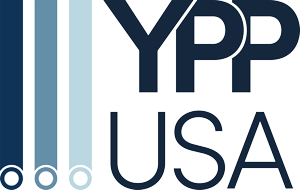Join us for our December webinar with speaker Gunnar Brink!
Webinar Summary
Many hundreds of thousands of kilometers of oil and gas pipelines have been laid on the seabed and more are being laid. Some are on the seafloor; some have been buried. The seabed is constantly moving due to tidal currents, other currents, and sometimes due to internal temperature fluctuations of the pipeline or external weather influences. All these phenomena can cause deeper burial or exposure, free spans and buckling of the pipelines. Even more frequently, third party damages can cause problems, such as from anchoring vessels, fishing nets or dropped objects. Therefore, underwater pipelines have to be regularly subjected to external inspection by professional divers or robots. These robots can be remotely operated, in which case they are called ROVs, or they can work autonomously and without connecting cables, in which case they are called AUVs. Gunnar Brink will present the common problems and concerns of subsea pipelines and explain the advantages of AUVs for their inspection compared to divers and ROVs.
Presenter Biography
Gunnar Brink studied physics at the Technical University of Munich, where he received his PhD on biosensors. Afterwards he led teams in the development of laboratory devices before becoming coordinator for computer science and AI institutes at the Executive Board of the Fraunhofer-Gesellschaft. In 2016, after moving to a Fraunhofer institute as head of strategy and innovation management, he became team lead of one of the 32 internationally participating teams in the $7 million Shell Ocean Discovery XPRIZE. His team was one of 9 semi-final winners and one of 5 finalists. In the project, the 17-member team successfully developed a fleet of 5 autonomous deep-sea AUVs and 5 unmanned maritime surface vehicles for large-scale exploration and survey of the deep seafloor. Since 2019, he is responsible for the market strategy and external financing of the subsea robotics projects at ROSEN Group. He is inventor or co-inventor of a total of 19 patents or pending patent applications in the field of underwater robotics.
